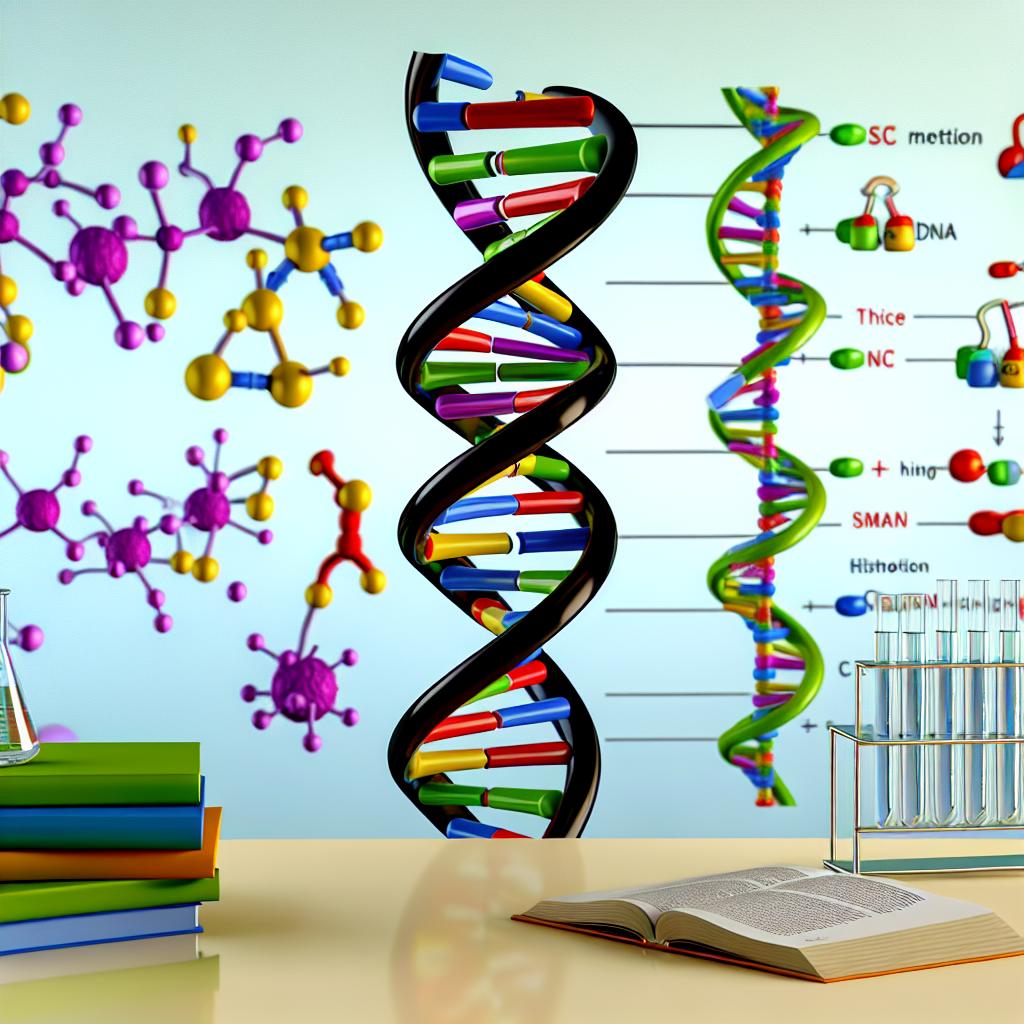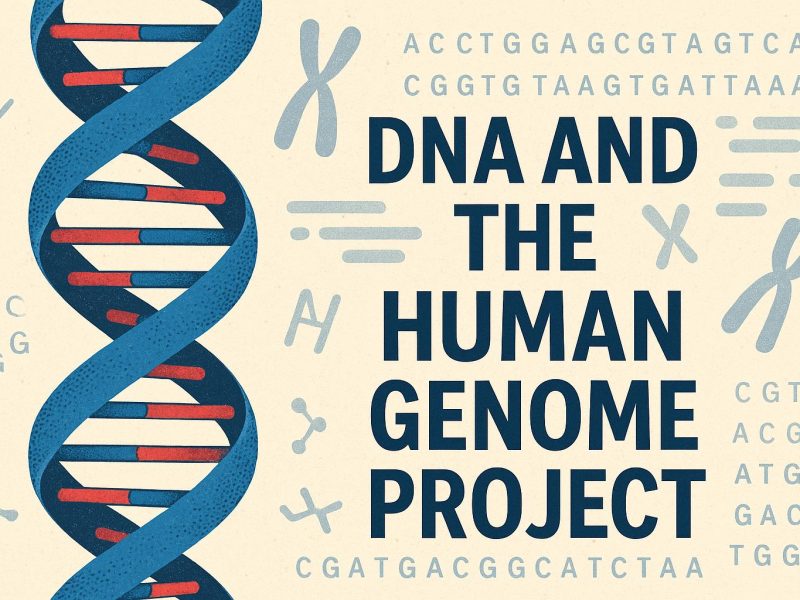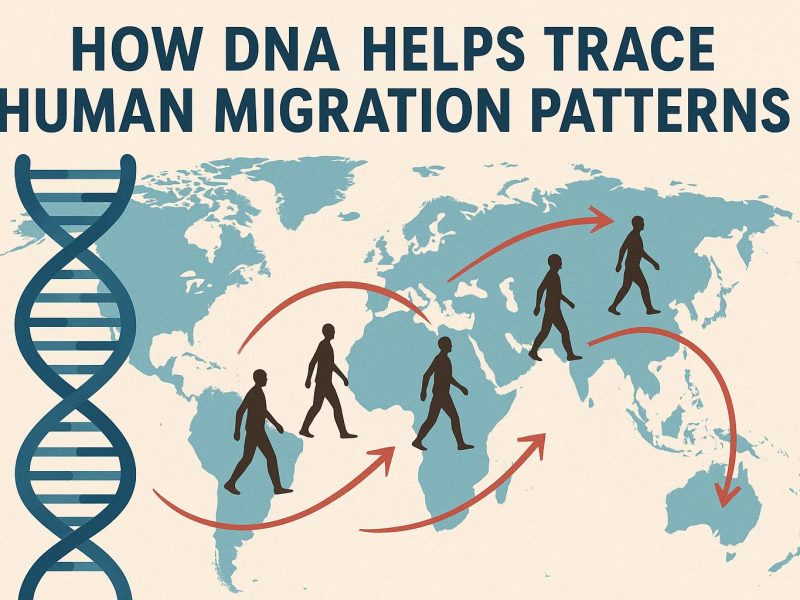Understanding DNA: The Blueprint of Life
DNA, formally known as deoxyribonucleic acid, functions as the essential building block of life. It serves as the repository of genetic instructions that direct the development, maintenance, growth, and reproduction of all living organisms and numerous viruses. DNA’s structure is unique, forming a double helix that comprises numerous subunits called nucleotides. Each nucleotide is made up of a sugar group, a phosphate group, and a nitrogen base. The four nitrogen bases in DNA include adenine (A), thymine (T), cytosine (C), and guanine (G). These bases pair specifically—adenine with thymine and cytosine with guanine—resulting in the characteristic ladder-like structure of DNA.
The Role of DNA in Living Organisms
DNA’s principal role lies in its capacity to store and transfer genetic information. It is crucial that during cell division, this genetic material is accurately replicated to ensure the continuity of hereditary information. This information directs the synthesis of proteins, which are critical for numerous functions within an organism. Through the process called transcription, a specific segment of DNA is transcribed into RNA, subsequently leading to protein synthesis via a mechanism known as translation. This conversion of genetic instructions into functional proteins forms the cornerstone of all cellular and biological activities.
Epigenetics: Beyond the DNA Code
Epigenetics encompasses heritable changes in gene function that do not involve changes to the DNA sequence. The focus here is on how various factors, notably environmental and behavioral, can induce changes affecting gene activity. These changes are pivotal in numerous biological processes, and they have the potential to be passed on to subsequent generations, representing a critical area of genetic research.
Mechanisms of Epigenetic Modifications
There are primary mechanisms through which epigenetic modifications occur: DNA methylation and histone modification. DNA methylation entails adding a methyl group to the DNA molecule, commonly at cytosine bases, which often results in the silencing of genes. Histone modification, by contrast, involves alterations to the proteins (histones) around which DNA is coiled, influencing gene expression. These mechanisms are vital for normal development and cellular differentiation, and their dysregulation is frequently implicated in a variety of diseases.
Implications and Future Research
The exploration of epigenetics is gaining momentum as a burgeoning field with profound implications for our comprehension of diseases, evolutionary biology, and development. Research in this arena has begun to unravel the complex influence that lifestyle factors, such as diet and stress, exert on epigenetic markers, thus paving the way for potential therapeutic interventions. Although the complexity of epigenetic variations presents ongoing challenges, the advancement of research methodologies holds the promise to substantially enhance our grasp of these complex biological phenomena.
The science of DNA and its related fields, like epigenetics, is ever-expanding, fostering new discoveries that continue to shape our understanding of life itself. The ability of DNA to store genetic information precisely makes it indispensable in the realm of genetics, further underscoring its pivotal role in inheritance and the maintenance of life. This intricate molecule not only serves as a historical archive of genetic information, but it also acts as a dynamic entity that can respond to environmental changes through mechanisms like epigenetic modifications.
The potential for future applications in medicine and biotechnology is immense. Understanding the subtleties of DNA and the functionality of genes can lead to breakthroughs in gene therapy, personalized medicine, and the treatment of genetic disorders. By manipulating DNA sequences or modulating epigenetic factors, scientists could potentially correct genetic defects at a molecular level.
DNA’s role is not just limited to human biology. Its universal presence in all life forms makes it a central subject in various branches of biological research, from botany to zoology. In agriculture, insights into DNA have allowed the development of genetically modified organisms (GMOs) that can enhance food yield and quality, contributing to food security. Similarly, in conservation biology, DNA analysis aids in tracking genetic diversity and managing wildlife populations sustainably.
In the broader context of evolution, DNA evidence has been fundamental in tracing the lineage of species, offering insights into the evolutionary relationships and history of life on Earth. This molecular approach to the study of evolution allows scientists to reconstruct phylogenetic trees that depict the evolutionary pathways and divergence of species over time.
In conclusion, the significance of DNA extends far beyond its initial discovery. As we continue to decode its complexities and harness its capabilities, DNA will remain at the forefront of biological research and innovation. The efforts to understand and manipulate this molecule will likely yield significant benefits across various fields, including medicine, agriculture, conservation, and evolutionary biology, thereby continually expanding the horizons of scientific inquiry and application. For those interested, institutions like the National Human Genome Research Institute provide extensive resources and publications to further delve into the fascinating world of DNA and genetic research.



